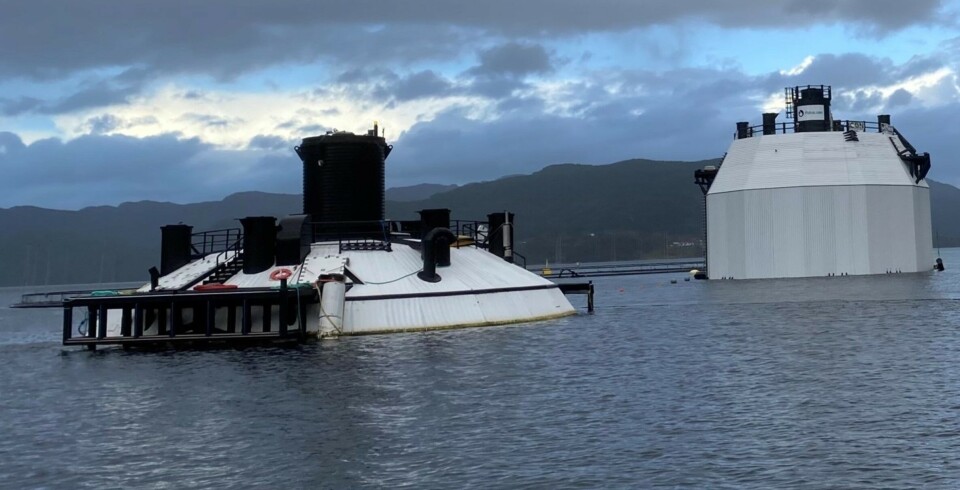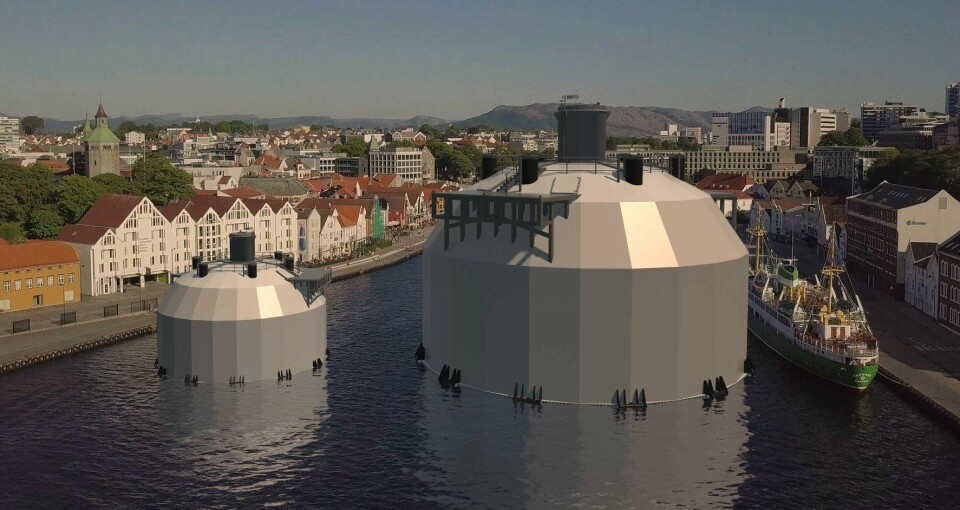
FishGlobe targets Chile
Closed containment system can eliminate many of the country's salmon sector challenges, says Norwegian firm
The Norwegian company FishGlobe, which has developed a floating closed containment system for salmon farming, has signed an agreement with innovative Chilean aquaculture industry services supplier Sorken Group to market the units.
“Chile is a market that we want to be active in, we have a flexible strategy that means that when such an opportunity presents itself, we think it makes sense to let a company like Sorken do part of the job together with us,” said FishGlobe chief commercial officer Tor Magne Madsen in a press release.
“They think we have a technology that is representative of what they want to achieve in the market, and we want to make inroads into this market. A win-win for both parties. Through the process of agreement, we have found a common platform for further cooperation, we have no competing products and see only positive synergies with this agreement.”
Sludge collection
FishGlobe said that the companies will lay down a joint strategy for entering the market both with customers and the authorities.
“There is a lot of work to get a new technology into a new market, but the market and customers have shown great interest in a product that will be able to eliminate many of the challenges that the Chilean market is facing,” said Madsen.
“The collection of sludge in particular is a major challenge. Several localities are struggling to meet the environmental requirements and FishGlobe’s technology can help solve this.”
Like other floating closed and semi-closed containment systems, FishGlobe draws sea water from below the layer in the water column where sea lice are most often found.
Because the FishGlobe has a solid floor, sludge is collected for disposal by a pump at the base of the unit. Air can also be added to push the water level down and transfer fish through low level pipes to a wellboat without the use of mechanical pumps.
Post-smolts
Salmon farmer Grieg Seafood and FishGlobe have been collaborating on producing post-smolts in two units with a volume of 3,500 cubic metres in Norway, and last year established a joint venture, Next Seafood, to develop the technology further and adapt it to the grow-out salmon phase.
The capacity of the globe for grow-out salmon will be 30,000m³.
Watch a time-lapse video of the construction of a 3,500m³ FishGlobe, which includes an explanatory animation of the concept, here.
Sorken Group weas founded in 2009, when it developed a “spherical” bird and pen net that can be rotated so that its upper part is exposed to the sun can be dried and cleaned and then rotated below the surface again.
It now offers engineering and optimisation services, and remotely operated vehicle services, as well as net services. The company has three patents and has a further three pending.























































